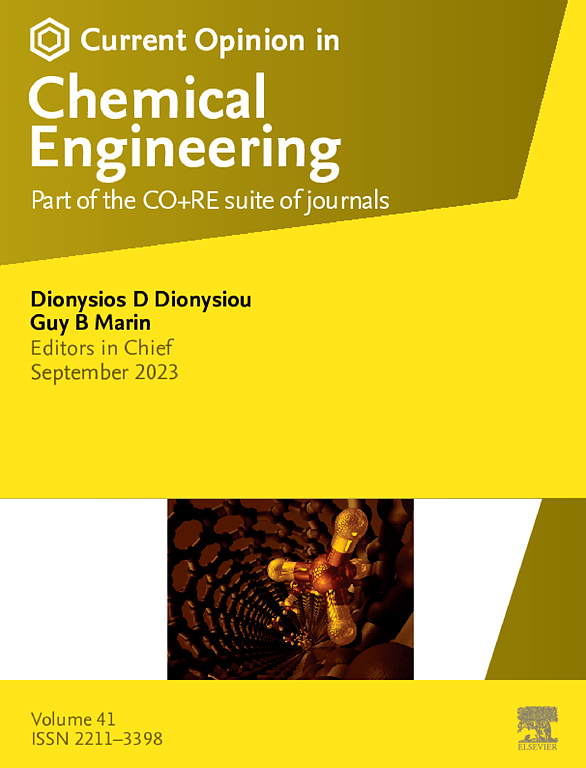Plasma-modified biochar for energy and environmental sustainability
IF 6.8
2区 工程技术
Q1 BIOTECHNOLOGY & APPLIED MICROBIOLOGY
引用次数: 0
Abstract
Biochar has recently emerged as a sustainable material with broad applicability in energy storage, contaminant removal, and carbon capture. However, its performance in these domains is often limited by intrinsic surface properties, including porosity and the abundance of functional groups. Plasma treatment has emerged as a promising postsynthesis strategy to tailor biochar’s surface chemistry and morphology. This short review highlights recent advances in the use of plasma-modified biochar for electrochemical energy storage, pollutant adsorption, and CO₂ capture. In energy storage, plasma modification enhances capacitance particularly in activated biochar by increasing surface area and functional group density. For CO₂ capture, nitrogen doping via plasma processes significantly improves adsorption capacity by enhancing surface basicity and affinity toward CO₂ molecules. In contaminant remediation, plasma treatment introduces oxygen- and nitrogen-containing functional groups, increases hydrophilicity, and promotes the formation of surface defects and active sites, collectively improving adsorption of metals and organic pollutants. Despite these promising advancements, research on plasma-treated biochar remains in its early stages, particularly in the context of direct CO₂ capture, warranting further investigation. Overall, plasma modification offers a versatile, scalable route to enhance the physicochemical properties of biochar, positioning it as a multifunctional platform for environmental and energy-related applications.
等离子体改性生物炭的能源和环境可持续性
生物炭最近成为一种可持续发展的材料,在能源储存、污染物去除和碳捕获方面具有广泛的适用性。然而,其在这些领域的性能往往受到固有表面特性的限制,包括孔隙度和官能团的丰度。等离子体处理已成为一种有前途的合成后策略,以定制生物炭的表面化学和形态。本文简要介绍了等离子体改性生物炭在电化学储能、污染物吸附和CO 2捕获方面的最新进展。在能量储存方面,等离子体改性通过增加表面积和官能团密度来增强活性生物炭的电容。对于CO₂捕获,通过等离子体工艺掺杂氮,通过增强表面碱度和对CO₂分子的亲和力,显著提高了吸附能力。在污染物修复中,等离子体处理引入含氧和含氮官能团,增加亲水性,促进表面缺陷和活性位点的形成,共同提高对金属和有机污染物的吸附。尽管取得了这些有希望的进展,但对等离子体处理的生物炭的研究仍处于早期阶段,特别是在直接捕获二氧化碳的背景下,需要进一步的研究。总的来说,等离子体改性提供了一种通用的、可扩展的途径来增强生物炭的物理化学特性,将其定位为环境和能源相关应用的多功能平台。
本文章由计算机程序翻译,如有差异,请以英文原文为准。
求助全文
约1分钟内获得全文
求助全文
来源期刊

Current Opinion in Chemical Engineering
BIOTECHNOLOGY & APPLIED MICROBIOLOGYENGINE-ENGINEERING, CHEMICAL
CiteScore
12.80
自引率
3.00%
发文量
114
期刊介绍:
Current Opinion in Chemical Engineering is devoted to bringing forth short and focused review articles written by experts on current advances in different areas of chemical engineering. Only invited review articles will be published.
The goals of each review article in Current Opinion in Chemical Engineering are:
1. To acquaint the reader/researcher with the most important recent papers in the given topic.
2. To provide the reader with the views/opinions of the expert in each topic.
The reviews are short (about 2500 words or 5-10 printed pages with figures) and serve as an invaluable source of information for researchers, teachers, professionals and students. The reviews also aim to stimulate exchange of ideas among experts.
Themed sections:
Each review will focus on particular aspects of one of the following themed sections of chemical engineering:
1. Nanotechnology
2. Energy and environmental engineering
3. Biotechnology and bioprocess engineering
4. Biological engineering (covering tissue engineering, regenerative medicine, drug delivery)
5. Separation engineering (covering membrane technologies, adsorbents, desalination, distillation etc.)
6. Materials engineering (covering biomaterials, inorganic especially ceramic materials, nanostructured materials).
7. Process systems engineering
8. Reaction engineering and catalysis.
 求助内容:
求助内容: 应助结果提醒方式:
应助结果提醒方式:


